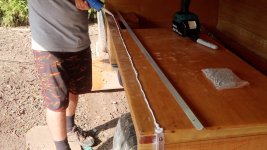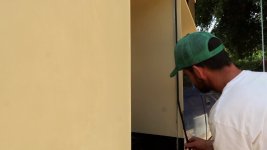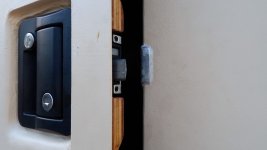Traveling 2gether Journal
Adventurer
Thanks, I'm feeling good about how the seal turned out.Great work on the seal design, that part was the crux on my build. Are you sticking with gas struts, or going to use electric actuators for lift?
I'm sticking with the gas struts. They have plenty of lift and it just seams like a simpler/cheaper system to me. To be fare though, I haven't looked into electric actuators since I originally designed the build over 2 years ago, so there could be some new, easier, more reliable, products out that I don't know about.





























